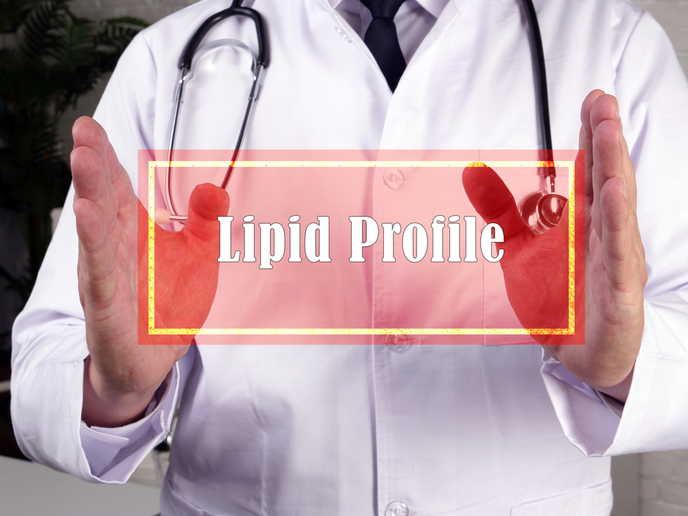Iron overload and liver fibrosis
Iron is a very important dietary component and its deficiency symptoms are well known. On the other hand, its excess can be equally if not more devastating. It can cause organ damage and the formation of excess fibrous tissue in the affected organ. Haemochromatosis (HC) is an inherited disease where normal dietary iron causes liver damage and atherosclerosis by the absorption of excessive iron. The EC project NUTRIENT IRON TOXICI therefore aimed to investigate the intricate metabolic pathways behind overload damage. Partners in Modena University refined this line of research and focused on hepatic stellate cells (HSCs). These cells are the main culprits involved in liver fibrosis. They discovered that hepatocytes in individuals with a certain type of HC fail to produce hepcidin. This is a hormone produced in the liver that controls secretion of iron from macrophages. These are the 'big eaters' of the immune system that engulf invaders. This is particularly relevant for the specialised macrophages that recycle iron from old red blood cells. The consequent iron excess then starts the cascade of events toward liver damage. The resultant oxidative stress causes activation of those HSCs that causes the liver fibrosis. On a positive note, the team also discovered that during active fibrogenesis, iron chelators could be used for fibrosis prevention and therefore stop HSC activation. As HC is the most common hereditary disease in Europe and iron excess has such detrimental effects on health, this research is crucial. It can provide the basis for more effective therapy for iron overload sufferers and the means by which preventive measures can be taken in those with excess dietary iron.







